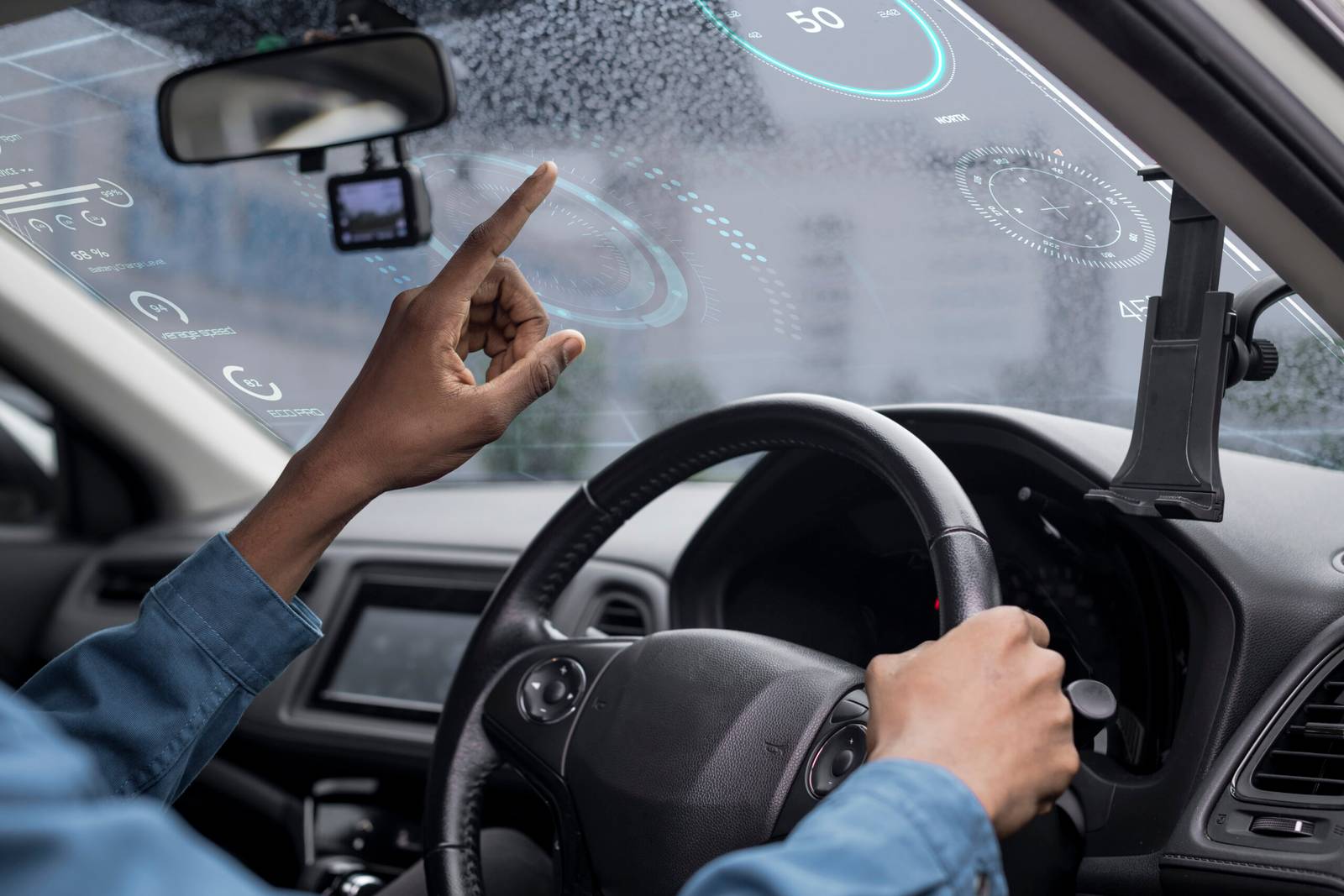Tech Innovations in Autonomous Vehicles

by Web Digital
In the fast-evolving landscape of transportation, autonomous vehicles stand at the forefront of Tech Innovations. This article explores the cutting-edge technologies shaping the development of autonomous vehicles, delving into advancements in sensors, artificial intelligence, connectivity, safety features, and the societal impact of this transformative mode of transportation.
1. Sensors and Perception Systems:
Autonomous vehicles rely on a sophisticated array of sensors to perceive their surroundings. Key sensor technologies include LiDAR (Light Detection and Ranging), radar, cameras, and ultrasonic sensors. LiDAR, in particular, plays a pivotal role in creating high-resolution, 3D maps of the vehicle’s environment, enabling precise navigation and obstacle detection.
2. Artificial Intelligence and Machine Learning:
The brainpower behind autonomous vehicles lies in artificial intelligence (AI) and machine learning (ML) algorithms. These technologies enable vehicles to interpret sensor data, make real-time decisions, and learn from their experiences. Machine learning algorithms continuously refine the vehicle’s ability to navigate complex environments, predict traffic patterns, and adapt to various driving conditions.
3. Connectivity and V2X Communication:
Vehicle-to-Everything (V2X) communication is a cornerstone of autonomous driving. Through connectivity with other vehicles, infrastructure, and even pedestrians, autonomous vehicles can share critical information about their intentions, speed, and upcoming maneuvers. This communication enhances safety and allows for more efficient traffic flow, especially in complex urban environments.
4. Safety Features and Redundancies:
Ensuring the safety of autonomous vehicles is paramount. Advanced driver assistance systems (ADAS) include features such as automatic emergency braking, adaptive cruise control, and lane-keeping assistance. Redundancy systems, including backup sensors and fail-safe mechanisms, add layers of safety to prevent system failures or malfunctions.
5. HD Maps and Localization:
High-definition (HD) mapping is crucial for precise localization and navigation. Autonomous vehicles use detailed maps that include information about road markings, traffic signs, and the surrounding infrastructure. Combined with real-time sensor data, HD maps contribute to accurate vehicle positioning and route planning.
6. Edge Computing and Processing:
The massive amount of data generated by autonomous vehicles necessitates advanced computing capabilities. Edge computing, where data processing occurs closer to the source (onboard the vehicle), reduces latency and enables faster decision-making. This is especially critical for real-time applications, such as identifying obstacles or pedestrians.
7. Human-Machine Interface (HMI):
The interaction between autonomous vehicles and their human occupants is evolving. Intuitive HMI designs, including touchscreens, voice commands, and augmented reality displays, enhance the user experience. Clear communication of the vehicle’s intentions and system status is essential for building trust between passengers and autonomous systems.
8. Cybersecurity Measures:
As vehicles become more connected, ensuring cybersecurity is paramount. Autonomous vehicles are vulnerable to cyber threats that could compromise their safety and functionality. Robust cybersecurity measures, including encryption, secure communication protocols, and regular software updates, are crucial to protect against potential cyberattacks.
Tech Innovations and Adoption Challenges:
Urban Planning and Infrastructure:
The widespread adoption of autonomous vehicles will influence urban planning and infrastructure development. Cities need to prepare for changes in traffic flow, parking demands, and the integration of smart infrastructure to support autonomous transportation systems.
Ethical and Legal Considerations:
Autonomous vehicles bring forth ethical dilemmas, such as decision-making in critical situations and liability in the event of accidents. Governments and regulatory bodies face the challenge of establishing comprehensive legal frameworks that address these ethical considerations and ensure accountability.
Job Displacement and Workforce Shifts:
The rise of autonomous vehicles may impact traditional jobs related to transportation, such as truck driving and taxi services. Governments and industries need to consider workforce transitions, retraining programs, and policies to address potential job displacement.
Public Perception and Trust:
Building public trust in autonomous vehicles is an ongoing challenge. Concerns about safety, cybersecurity, and the reliability of AI systems need to be addressed through transparent communication, rigorous testing, and the demonstration of the technology’s benefits.
Future Trends and Developments:
Autonomous Fleets and Mobility as a Service (MaaS):
The future of autonomous vehicles may involve the deployment of fleets for on-demand services. Mobility as a Service (MaaS) platforms could offer a seamless and integrated transportation experience, further reshaping the concept of personal mobility.
Eco-Friendly and Sustainable Practices:
Autonomous vehicle technologies present an opportunity to enhance sustainability. Electric and autonomous vehicles could converge to create environmentally friendly transportation solutions, reducing emissions and minimizing the ecological impact of traditional combustion engine vehicles.
Integration with Smart Cities:
The integration of autonomous vehicles with smart city initiatives is a natural progression. Autonomous systems can enhance traffic management, reduce congestion, and contribute to more efficient and sustainable urban living.
Conclusion:
In conclusion, the technological innovations propelling autonomous vehicles are reshaping the future of transportation. From advanced sensors and artificial intelligence to connectivity and safety features, the evolution of autonomous driving is a testament to human ingenuity and our ongoing quest for safer, more efficient, and sustainable modes of transportation. As the industry continues to advance, addressing societal, regulatory, and ethical considerations will be pivotal in realizing the full potential of autonomous vehicles and ensuring a seamless integration into our daily lives. The road ahead is marked by exciting possibilities, as autonomous vehicles become not just a mode of transport but key contributors to the transformation of our cities and the way we move within them.
Recommended Posts

The Best Email Marketing Platforms for Canadian Users
September 27, 2025

How to Use Google Business Profile for Local SEO
September 26, 2025

Website Maintenance Checklist for Canadian Small Businesses
September 26, 2025
